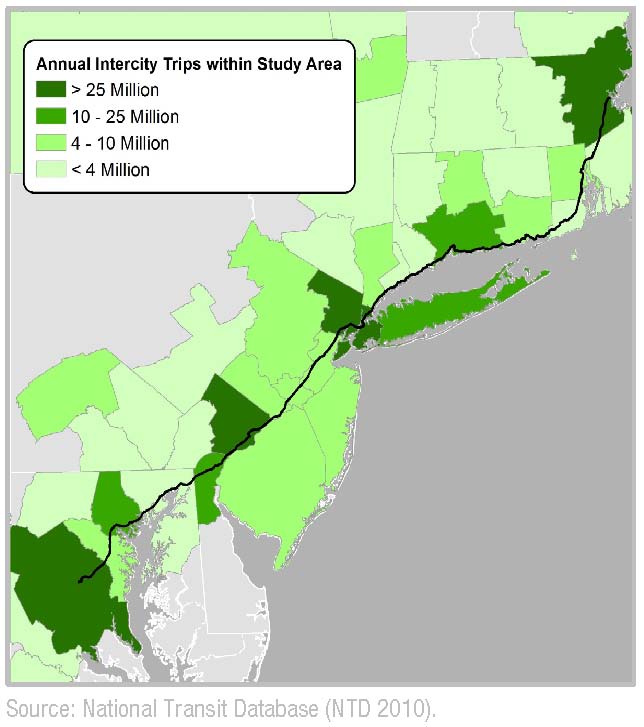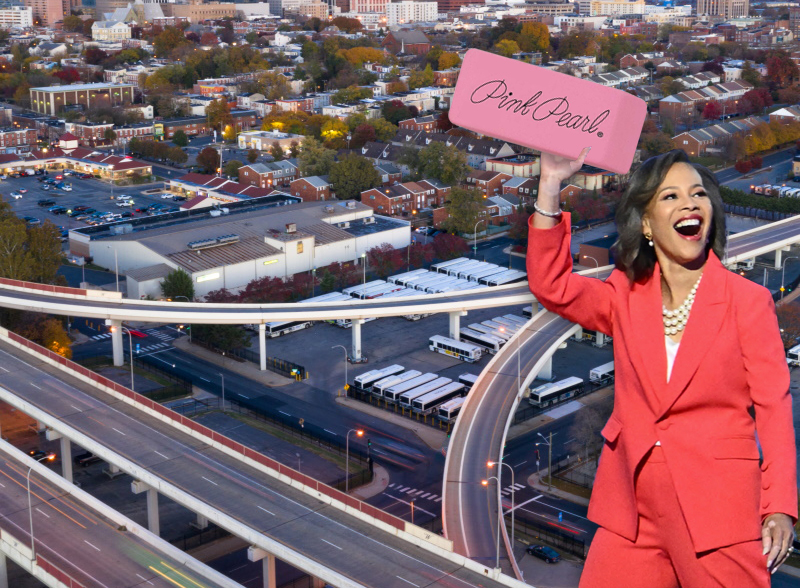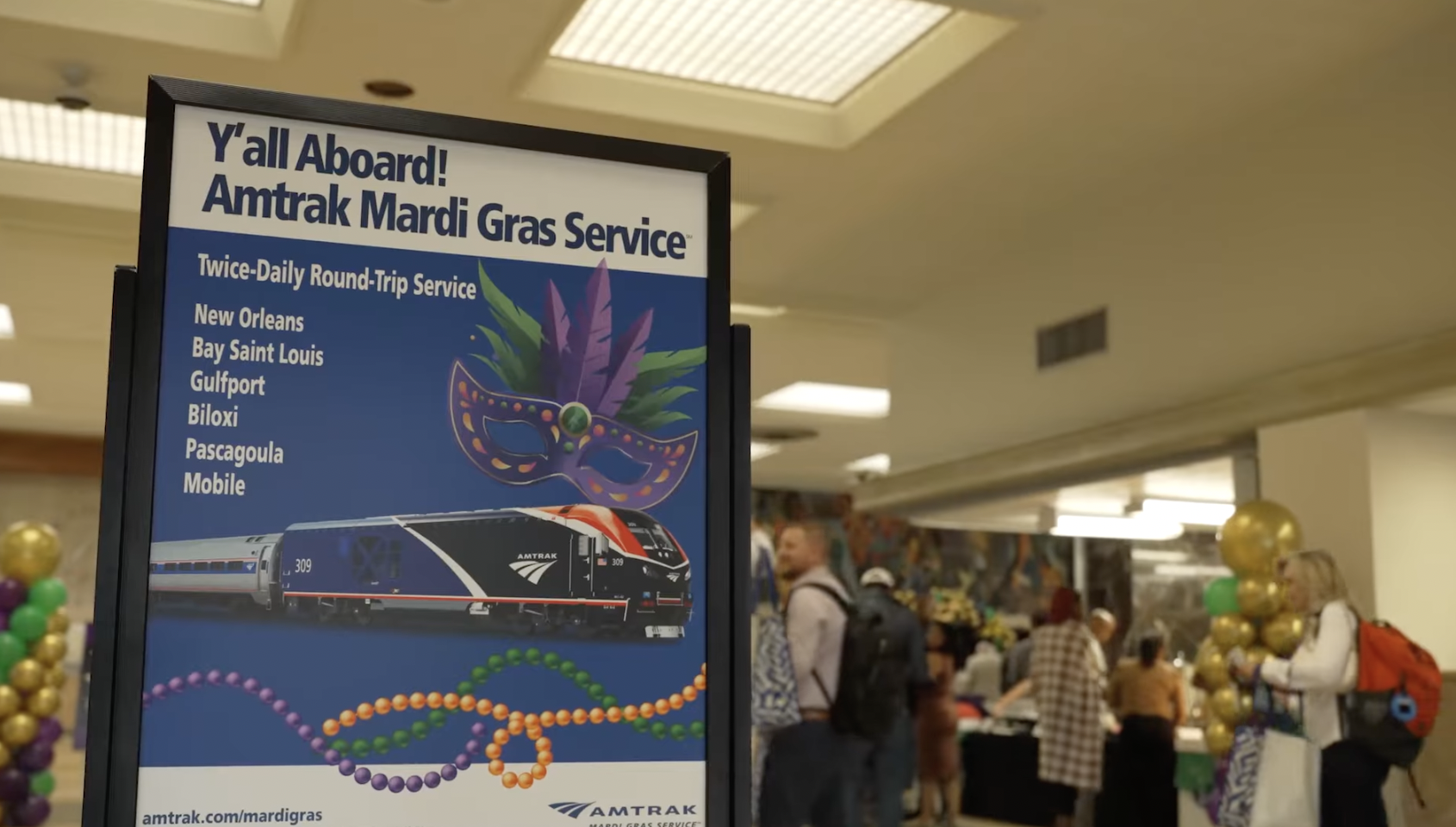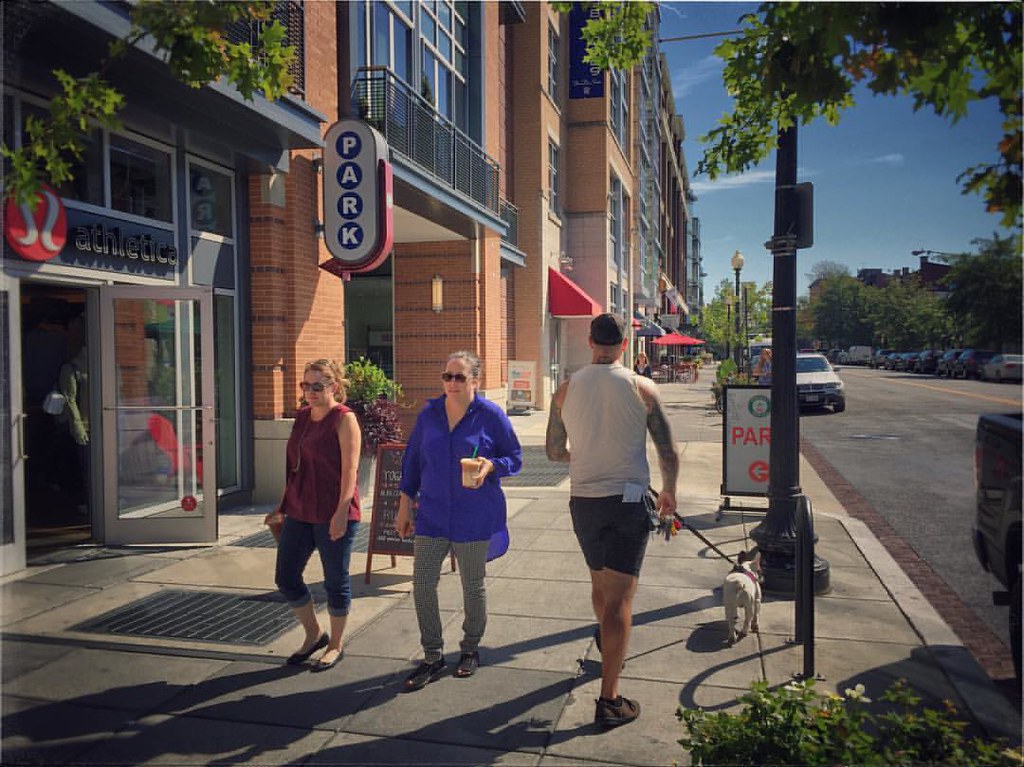A report released this week by the Federal Railroad Administration outlines 15 possible ways forward for the Northeast Corridor, ranging from building fully separate tracks to accommodate 220 mph bullet trains to simply maintaining the existing infrastructure in a state of good repair.

The "preliminary alternatives" were laid out in a report called "NEC Future," which FRA is using to prompt discussions on the future of rail service along the corridor. Each alternative will be evaluated on its environmental and transportation impacts. FRA will then choose a "preferred alternative" to pursue.
The first several proposals laid out by FRA -- the "resource-constrained" options -- show trains maxing out at about 160 mph, like they do now. A state of good repair would be maintained. Investment would be limited to accommodating projected ridership increases through 2040. No new routes would be constructed.
Meanwhile, in the middle-range investment scenarios, "Alternative 4" calls for increasing capacity at all choke points, including the construction or acquisition of "express bypass tracks," to allow overtaking of slower trains. This alternative would also tackle "cost effective" trip-time improvement on projects "that also increase capacity," according to the report.
Among the less "resource constrained" proposals is where we see a call for transformative new investment. "Alternative 15" calls for a new right-of-way along the 457 miles from Boston to Washington, which would allow for a "major increase in capacity." This proposal would include new routes off the main spine of the corridor, serving outlying areas like Long Island. This proposal also calls for a "super express" line running all the way from Portland, Maine to Washington, DC, along with two additional local routes along the length of the corridor, for shorter regional and inter-city trips.
None of the proposals has a cost estimate attached, though cost is the major sticking point in any Congressional conversation about Amtrak or high-speed rail.
Amtrak laid out an NEC proposal in 2010 that would have cost $117 billion over 25 years. Two years later, they came up with a new plan, ringing in at $151 billion. These price tags have been the object of scorn from Republican lawmakers, notably former House Transportation Committee Chair John Mica, who say Amtrak already swallows up too many taxpayer dollars.
So without cost estimates, none of these 15 proposals are close to becoming reality. Still, they're a useful exercise.
The plan is part of the Passenger Rail Corridor Investment Plan, which will guide Northeast Corridor investment through 2040. FRA is holding meetings in New Haven, Newark, and Washington, DC, to present the findings.





